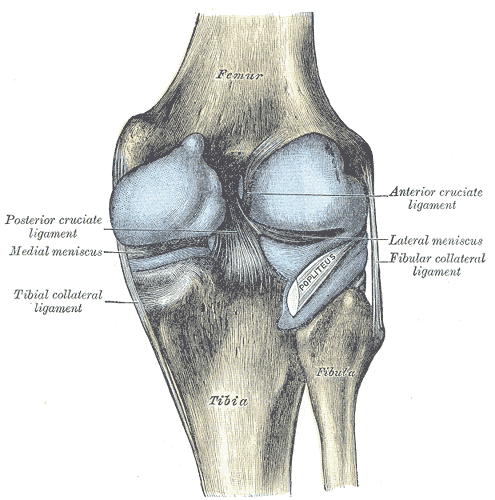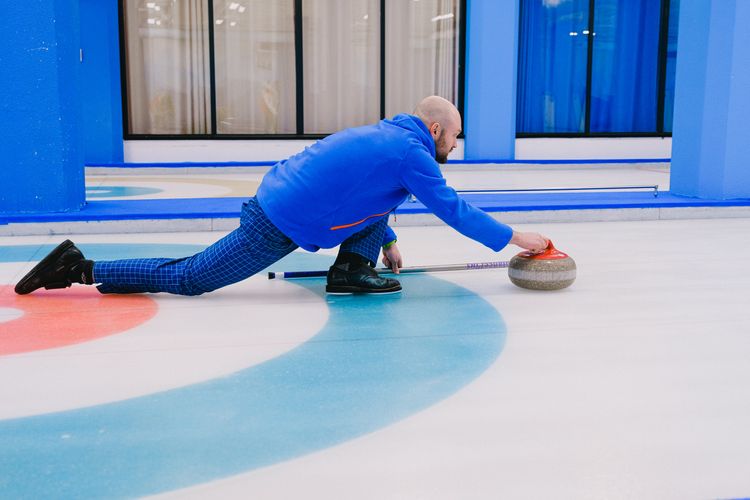Issue 17 Blue Crab - Open Chain ACL Repair Exercises?! A Case for Them and The Official Algorithm on When to Refer to a PTA

Open Chain Exercise for ACL Repair. Don’t Shoot the Messenger.
The Gist - This editorial from JOSPT is sure to be controversial (and already has been in my family), so remember, I’m just the messenger for these two PT/PhDs. They argue that it’s time to do away with the fears and “antiquated beliefs” about the safety of open-chain exercises after ACLR, building it out as the fairy tale of the three little pigs. In their belief, the lack of quads strength symmetry after ACLR is an essential issue to address and closed-chain exercises aren’t enough to do so.
They also argue that closed chain strength testing doesn’t adequately measure quad strength, open chain exercises are needed to properly test these muscles. According to them, open chain motions are functional (think gait) so they should be used since closed chain exercises do little to combat quads weakness. It’s a really interesting case for change in approach that may need more research, but provides an method that may finally start to close the quad strength gap.
Tell Me More - They back up their claims with some interesting data. Apparently, with every step knee extension strain on the ACL is 2 to 3 times the strain found in “open-chain knee extension with 30 Nm of extension torque at 15° of knee flexion”. Which are numbers that mean nothing to me. So I did some math and found out that’s basically long arc quads.
The writers don’t specify a timeline for the introduction of open chain exercises, but do argue against the current CPG that advocate delaying open chain exercise for at least 4 weeks after surgery since the CPG doesn’t cite any evidence as to why. It’s safe to assume they want you to start this approach early.
Since it’s an editorial, this piece is very short and quite easy to read. I recommend checking out the three-page article and coming to your own conclusion. It’s not the first paper to make this argument and there seems to be a growing tide of discontent with current ACLR rehab practices. Watch this space for more.
Where is this drivel? Ummm… here. Even if you disagree, it’s well-written case, jsyk.
Should You Refer to a PTA? Let The Algorithm Show the Way
The Gist - In what appears to be acute care week here at PT Crab, we bring you this study that assessed how effective the new APTA algorithm for determining whether to refer to a PTA in acute care is. The algorithm is a simple series of 6 yes/no questions to ensure that the patient could be properly treated by a PTA. Both PTs and PTAs were trained on how it worked, then set off into the wilds of the hospital to see what their new knowledge could do. What it did was save time.
After training, PTAs dropped their daily 41 minutes of chart review down to just 6.5, since they were now being referred to patients that more properly fit their skillsets and PTs were writing plans of care that more properly included the PTAs. In a survey, one PTA reported: “now collaboration is more productive…(and not about) appropriateness and rescheduling.”
Tell Me More - Since it’s an APTA property, I can’t publish the algorithm here, but I can link to it and you can access it with an APTA account. Training really changed the answers to the algorithm, redirecting PTAs to more appropriate patients in a way that clearly improved collaboration, both quantitatively and qualitatively. It wasn’t all roses and daisies though, as PTA/patient interactions decreased from about 10 per day to about 7 after the algorithm was regularly used. This isn’t surprising, but something to look into farther.
Lastly, while the researchers collected qualitative data from the PTAs, they didn’t get any from the PTs. Hopefully, future studies will assess whether PTs feel that the algorithm adequately serves them and their patients. In the meantime, check out the paper for more and the algorithm for great guidelines.
I’d love to read it. Glad to hear it! You can here.






Comments
Want to leave a comment and discuss this with your fellow PTs? Join PT Crab and get summarized PT research in your inbox, every week.